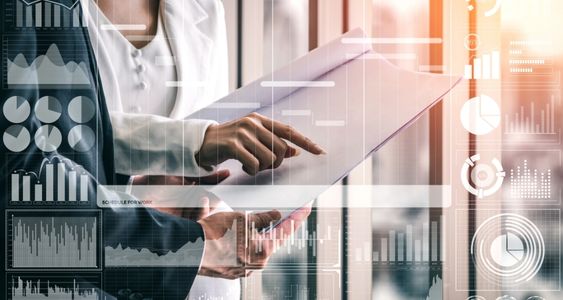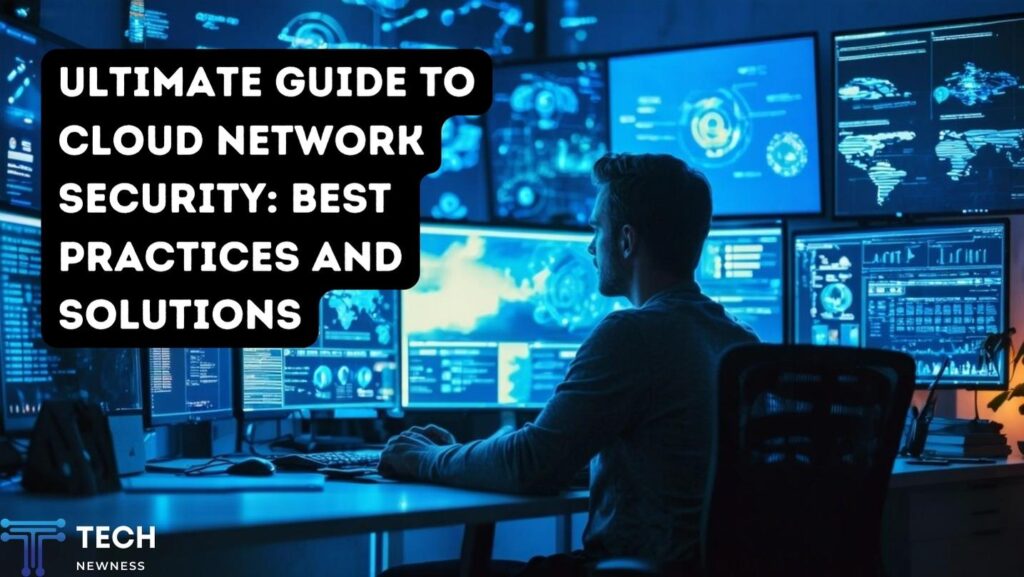In today’s fast-paced and increasingly remote work environments, businesses are constantly looking for ways to optimize productivity, enhance security, and maintain compliance with various regulations. One of the most effective tools for achieving these goals is Employee Monitoring Software. This technology helps businesses keep track of employee activities, ensure adherence to workplace policies, and support decision-making processes that lead to improved performance. In this article, we’ll explore the benefits, features, and ethical considerations of Employee Monitoring Software, providing you with a comprehensive understanding of why it’s an essential tool for modern businesses.
Table of Contents
What is Employee Monitoring Software?
Employee Monitoring Software is a digital tool designed to track, record, and analyze employee activities in the workplace. These tools can monitor time spent on tasks, applications used, websites visited, and even screenshots of workstations. The goal is to provide employers with data-driven insights to improve productivity, ensure compliance, and reduce security risks.
The Role of Employee Monitoring Software in Modern Businesses
In an era where remote and hybrid work models are becoming the norm, Employee Monitoring Software plays a crucial role in ensuring that employees stay productive and efficient. Businesses rely on software to monitor employees to create transparency, build accountability, and identify areas for improvement in overall organizational performance. It’s not just about keeping tabs on workers; it’s about using data-driven insights to optimize workflows and enhance productivity.

Key Features of Employee Monitoring Software
Time Tracking
Time tracking is a fundamental feature of any Employee Monitoring Tool. It allows employers to see how employees allocate their time across different tasks and projects. This insight can help in resource planning and ensuring that employees are spending time efficiently.
Screen Monitoring
Screen monitoring provides real-time or periodic screenshots of an employee’s desktop. This feature is particularly useful for remote work scenarios, where managers need a way to ensure that work is being done productively.
Activity Logging
Activity logging tracks which applications or websites employees are using during work hours. This data is crucial for identifying productivity drains, such as excessive time spent on social media or other non-work-related sites.
Detailed Reporting
Detailed reports generated by the software give managers a comprehensive overview of employee performance. These reports can include time spent on tasks, and idle time, and even highlight areas where productivity could be improved.
Benefits of Employee Monitoring Software
Boosting Productivity
One of the most significant benefits of Employee Monitoring Software is the boost in productivity it can bring. By identifying inefficiencies and distractions, businesses can implement strategies to help employees stay focused and on track.
Lowering Operational Costs
With better insights into how time and resources are being utilized, companies can reduce waste and streamline processes. This leads to lower operational costs and a more efficient workflow.
Managing Remote Work Effectively
In the age of remote work, keeping teams aligned and productive is more challenging than ever. Employee Monitoring Tools provide managers with the data they need to ensure that employees are working efficiently, even when they’re not in the office.
Addressing Compliance and Privacy Concerns

Ensuring Ethical Use
One of the biggest challenges when using Employee Monitoring Software is balancing the need for oversight with respect for employee privacy. To ensure ethical use, companies should be transparent about what data is being collected and how it will be used.
Adhering to Data Protection Laws
Employers must ensure that their monitoring practices comply with local data protection regulations, such as the GDPR in Europe or the CCPA in California. This involves securing employee data and only collecting information that is directly relevant to work performance.
Use Cases Across Different Industries
Remote Work Management
Companies with remote teams use Employee Monitoring Software to ensure productivity and accountability across various locations. It helps managers keep track of progress and address any bottlenecks in workflow.
Project Tracking and Time Optimization
Industries that rely heavily on project management, such as IT or marketing, use these tools to track project timelines and ensure that team members are sticking to deadlines. This can significantly improve time optimization and project outcomes.
Compliance in Regulated Industries
Industries such as finance or healthcare have strict regulatory requirements. Employee Monitoring Software can help these businesses ensure that employees adhere to compliance protocols, avoiding costly violations.
How to Choose the Right Employee Monitoring Tool
Scalability
Choose software that can grow with your business. As your team expands, you’ll want a tool that can accommodate more users without sacrificing performance.
Integration with Existing Systems
Select a tool that integrates seamlessly with your existing systems, such as project management platforms, CRM software, or communication tools.

User-Friendliness
A user-friendly interface ensures that both managers and employees can navigate the software easily, leading to higher adoption rates and more effective use.
Best Practices for Implementing Employee Monitoring Software
Clear Communication with Employees
Transparency is key. Before implementing any monitoring software, ensure that employees understand why it is being used and how it benefits both the company and them.
Training and Onboarding
Provide training to employees on how to use the software effectively. This includes understanding how the monitoring works and how it contributes to their performance evaluations.
Current Trends in Employee Monitoring Software
AI and Machine Learning
Artificial intelligence is making its way into Employee Monitoring Software by automating the analysis of large data sets. Machine learning algorithms can identify patterns in productivity and suggest improvements.
Real-Time Analytics
Real-time analytics is becoming a key feature, allowing managers to make informed decisions quickly based on live data.
Future Outlook of Employee Monitoring Tools
The future of Employee Monitoring Software looks promising with advancements in AI, machine learning, and real-time analytics. As work environments continue to evolve, these tools will become more intuitive and essential for ensuring both productivity and compliance.
Conclusion
Employee Monitoring Software has become an indispensable tool for modern businesses. It not only enhances productivity but also helps manage remote teams, ensure compliance, and optimize operational costs. By choosing the right tool and implementing it ethically, businesses can improve performance while maintaining trust with their employees.
See Also: 3 Key Benefits of Using Algorithms in Quantitative Finance





